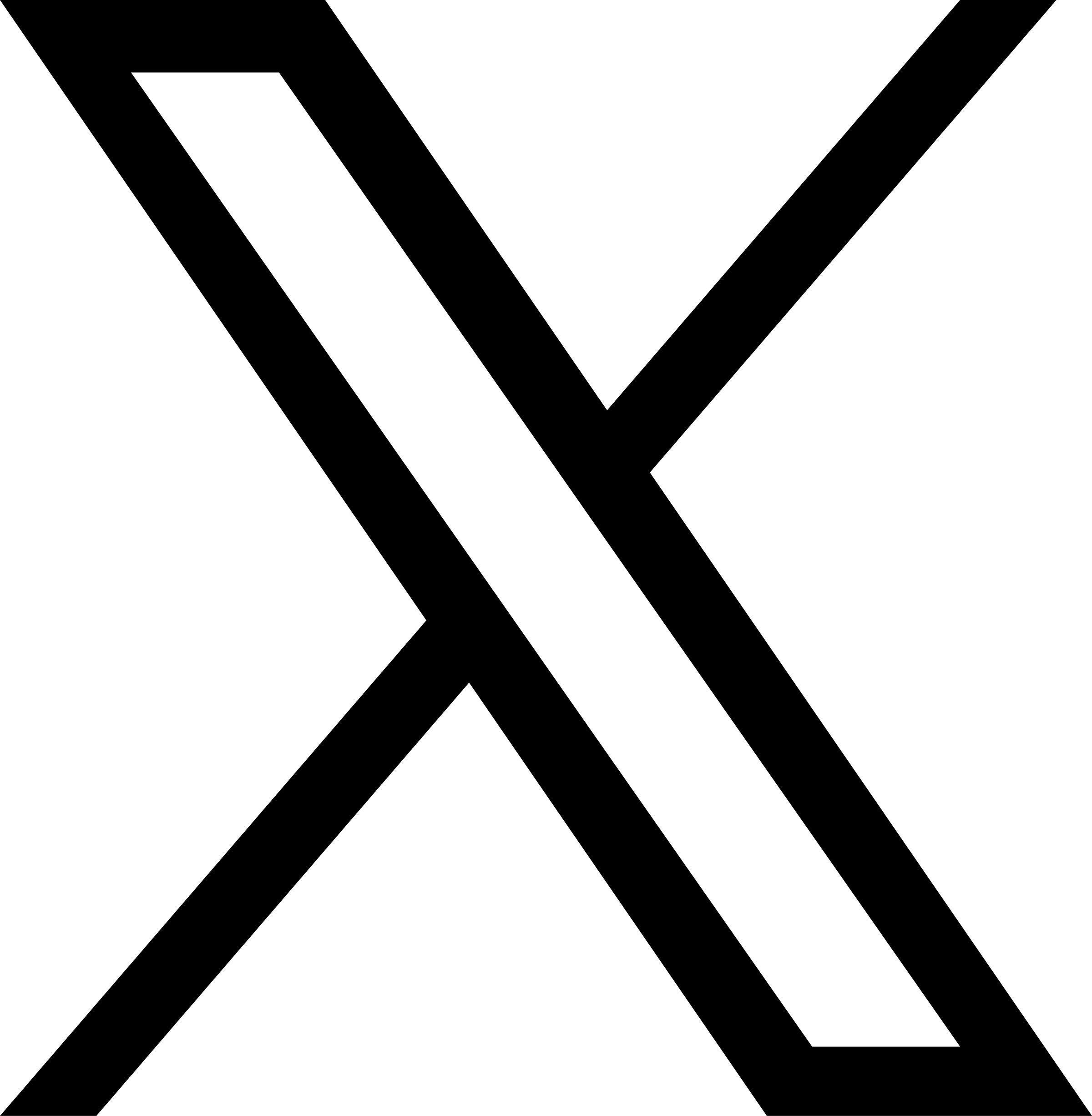Dr. Ralf Aurich

The focus of my current research is on the cosmic microwave background (CMB) radiation. The fluctuations of the CMB reveal tiny energy density perturbations which act as the seeds for the structure formation leading to the galaxies and galaxy clusters of the present Universe. According to the inflationary scenario these fluctuations arise from quantum fluctuations which freeze in due to the exponential increase of the scale factor which describes the expansion. The correlations of the initial quantum fluctuations are engraved in the correlations of the CMB on the celestial sphere.
My recent work deals with the two-point correlation function of the CMB and its unexpected low power at large angular scales. This could point to a spatial finite universe which possesses naturally such a behaviour since the quantum fluctuations have to fulfill the periodic boundary conditions of the considered space form. The lowest eigenstate of the Laplacian corresponds to the largest scale at which perturbations can imprint a signature on the CMB sky.
Recent publications:
- R. Aurich and D. Reinhardt,
Determining our peculiar velocity from the aberration in the cosmic microwave background,
arXiv:2103.08248 [astro-ph.CO],
Mon.Not.R.Astron.Soc. 506 (2021) 3259-3265 - R. Aurich and S. Lustig,
On the concordance of cosmological data in the case of the generalized Chaplygin gas,
arXiv:1704.01749 [astro-ph.CO],
Astroparticle Physics 97 (2018) 118-129 - R. Aurich and S. Lustig,
Early-Matter-Like Dark Energy and the Cosmic Microwave Background,
arXiv:1511.01691 [astro-ph.CO],
Journal of Cosmology and Astroparticle Physics 01 (2016) 021. - R. Aurich,
A spatial correlation analysis of the cubic 3-torus topology based on the Planck 2013 data,
arXiv:1412.5355 [astro-ph.CO],
Mon.Not.Roy.Astron.Soc. 452 (2015) 1493-1501. - R. Aurich and S. Lustig,
The Hantzsche-Wendt Manifold in Cosmic Topology,
arXiv:1403.2190 [astro-ph.CO],
Class. Quantum Grav. 31 (2014) 165009 (19pp). - R. Aurich and S. Lustig,
A search for cosmic topology in the final WMAP data,
arXiv:1303.4226 [astro-ph.CO],
Mon.Not.R.Astron.Soc. 433 (2013) 2517-2528. - R. Aurich and S. Lustig,
Cosmic Topology of Polyhedral Double Action Manifolds,
arXiv:1207.4378 [astro-ph.CO],
Class. Quantum Grav. 29 (2012) 235028 (21pp). - R. Aurich and S. Lustig,
Cosmic Topology of Prism Double Action Manifolds,
arXiv:1205.0660 [astro-ph.CO],
Class. Quantum Grav. 29 (2012) 215005 (17pp). - R. Aurich and S. Lustig,
A survey of lens spaces and large scale CMB anisotropy,
arXiv:1203.4086 [astro-ph.CO],
Mon.Not.R.Astron.Soc. 424 (2012) 1556-1562. - R. Aurich and S. Lustig,
How well-proportioned are lens and prism spaces?,
arXiv:1201.6490 [astro-ph.CO],
Class. Quantum Grav. 29 (2012) 175003 (25pp). - R. Aurich, P. Kramer and S. Lustig,
CMB radiation in an inhomogeneous spherical space,
arXiv:1107.5214 [astro-ph.CO],
Physica Scripta 84 (2011) 055901. - R. Aurich and S. Lustig,
Cosmic microwave anisotropies in an inhomogeneous compact flat universe,
arXiv:1009.5880 [astro-ph.CO],
Class. Quantum Grav. 28 (2011) 085017. - R. Aurich, H. Janzer, S. Lustig and F. Steiner,
Ellipticity of Structures in CMB Sky Maps,
arXiv:1007.2722 [astro-ph.CO],
International Journal of Modern Physics D 20 (2011) 2253-2280. - R. Aurich and S. Lustig,
Can one reconstruct the masked CMB sky?,
arXiv:1005.50[astro-ph.CO],
Mon.Not.Roy.Astron.Soc.411 (2011) 124-136. - R. Aurich, S. Lustig and F. Steiner
Hot pixel contamination in the CMB correlation function,
arXiv:0903.3133 [astro-ph.CO],
Class. Quantum Grav. 27 (2010) 095009.
Contact


Ulm University
Institute of Theoretical Physics
Albert-Einstein-Allee 11
D - 89081 Ulm
Germany
Tel: +49 731 50 22911
Fax: +49 731 50 22924
Office: Building M26, room 4117
Click here if you are interested in joining the group.
Most Recent Papers
Efficient Information Retrieval for Sensing via Continuous Measurement, Phys. Rev. X 13, 031012, arXiv:2209.08777
Active hyperpolarization of the nuclear spin lattice: Application to hexagonal boron nitride color centers, Phys. Rev. B 107, 214307, arXiv:2010.03334
Driving force and nonequilibrium vibronic dynamics in charge separation of strongly bound electron–hole pairs, Commun Phys 6, 65 (2023), arXiv:2205.06623
Asymptotic State Transformations of Continuous Variable Resources, Commun. Math. Phys. 398, 291–351 (2023), arXiv:2010.00044
Spin-Dependent Momentum Conservation of Electron-Phonon Scattering in Chirality-Induced Spin Selectivity, J. Phys. Chem. Lett. 2023, 14, XXX, 340–346, arXiv:2209.05323
